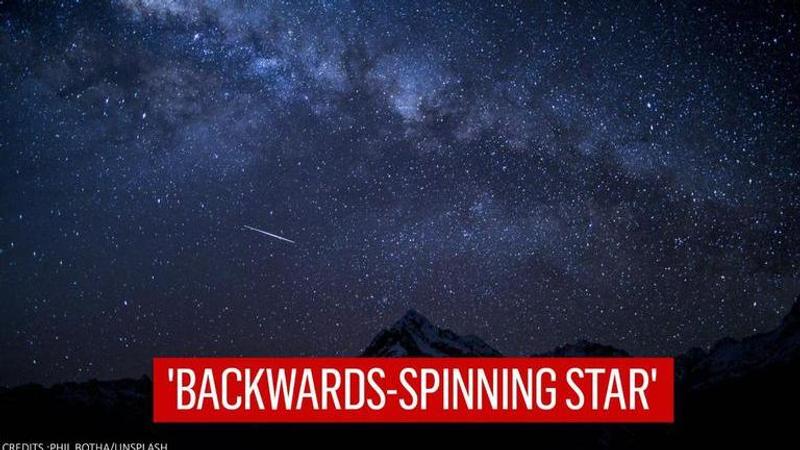Published 20:24 IST, February 16th 2021
Scientists discover rare backward star, rotating in the opposite direction
In a recent development, two stars that rotate backwards have been discovered in a planetary system that is 897 light years away from us.

In a recent development, two stars that rotate backwards have been discovered in a planetary system that is 897 light years away from us. The K2-290 system consists of three stars and has two planets orbiting the main star, K2-290 A. Scientists named Simon Albrecht at Aarhus University in Denmark and his colleagues revealed that when compared with both planets’ orbits, K2-290 A’s rotational axis is tilted by approximately 124 degrees. This indicates that the star spins in the opposite direction to its two orbiting planets.
Mystery behind misalignment
This misalignment has been seen before in other planetary systems. The other theories say that the turbulence during star formation is the reason for the misalignment. According to Albrecht and his colleagues, the whole system is misaligned because of the presence of a companion star – perhaps K2-290 B. This could have exerted gravitational forces which moved the disc.
K2-290 is considered unique because both planets are orbiting in the same plane. This further indicates that there is history to the planetary system after the spinning molecular cloud had evolved to become a star. According to the reports by New Scientist, Chris Watson at Queen’s University Belfast, UK said that the fact that planets appear to be coplanar means that maybe it wasn’t a dynamically violent mechanism that caused them to migrate, as he hints the process towards the disc. He further added that there are a lot of ways one can interpret the spin-orbit misalignment. However, one assumes that the actual planetary disc was aligned with the whole star in the first place.
Also, scientists have long searched for planets with features similar to that of Earth, but so far haven't found a single one except for Mars, which obviously was much easier to detect given that we orbit the same solar system next to each other. However, astronomers from the University of Warwick may have found remnants of planets resembling Earth. According to Express, the UK-based scientists have discovered residue of planets with Earth-like crusts orbiting the atmospheres of four dwarf stars in deep space.
(Image Credits: Unsplash)
Updated 20:24 IST, February 16th 2021



